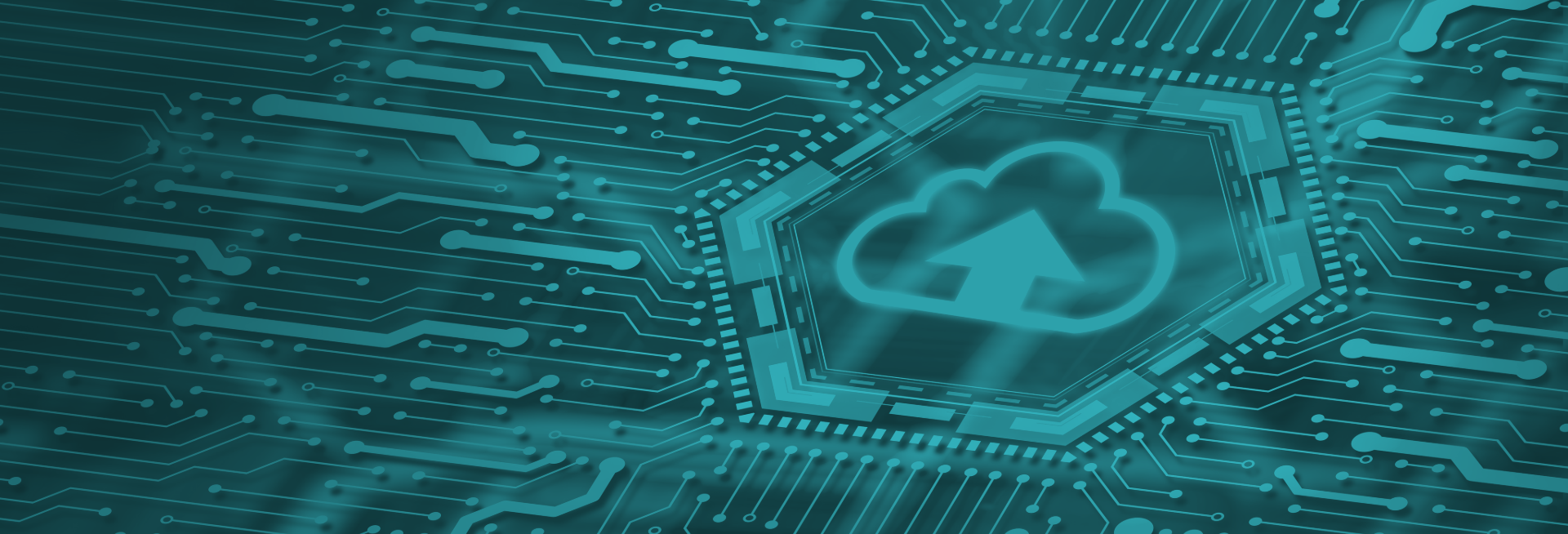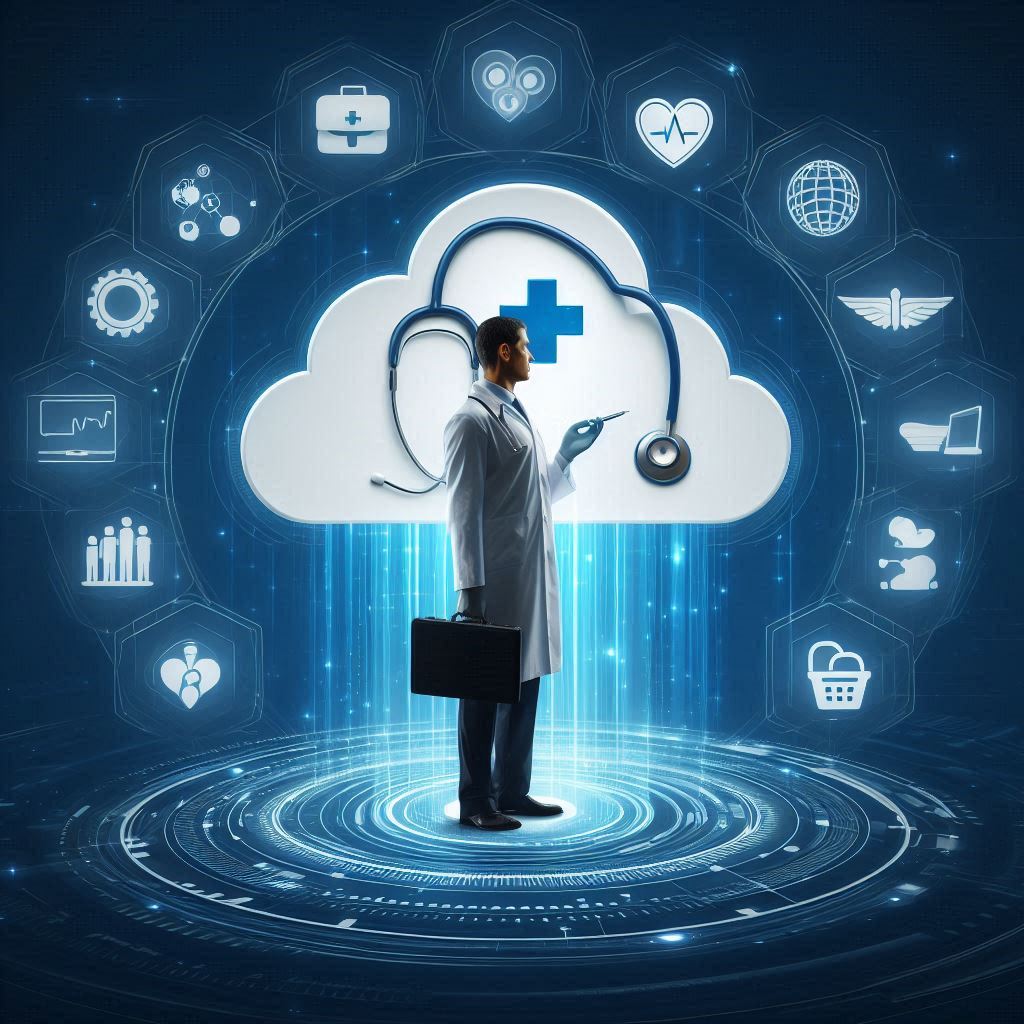
What Blockchain Can Really Do for Healthcare
Blockchain technology, originally known for its role in cryptocurrencies, is now being explored for its potential to transform various industries – and healthcare is no exception. While the concept might still seem abstract, blockchain offers some very real solutions to many of the challenges the healthcare industry faces. Let’s explore some of the most promising applications.
The initial excitement surrounding blockchain was largely fueled by the explosive growth of cryptocurrencies like Bitcoin. However, the underlying technology, a distributed and immutable ledger system, has far broader implications. Industries beyond finance are recognizing its potential to enhance security, transparency, and efficiency. In healthcare, an industry grappling with data silos, security breaches, and complex transactions, blockchain’s unique characteristics offer a compelling opportunity to revolutionize operations and improve patient care. The technology’s ability to create a shared, unalterable record of data is particularly relevant to healthcare, where accuracy and trust are paramount. As we delve deeper, it becomes clear that blockchain is not just a buzzword, but a powerful tool with the potential to reshape the future of healthcare.
Decentralized Medical Records
One of the most significant issues in healthcare today is the fragmentation of patient data. Medical records are often scattered across various providers, hospitals, and clinics, making it difficult to get a complete picture of a patient’s health history. This can lead to inefficiencies, errors, and even compromised patient care.
Blockchain offers a solution by enabling the creation of decentralized medical records. Imagine a system where a patient’s health information is stored on a secure, distributed ledger, accessible to authorized parties.
- Improved Interoperability: Blockchain can facilitate seamless data exchange between different healthcare providers, ensuring that everyone involved in a patient’s care has access to the most up-to-date information.
- Enhanced Security: Blockchain’s cryptographic nature makes it extremely difficult to tamper with or alter medical records, reducing the risk of data breaches and fraud.
- Patient Empowerment: Patients gain greater control over their data, with the ability to grant or revoke access to specific providers as needed.
Healthcare Micropayments
The healthcare industry involves numerous transactions, from insurance claims to payments for services. However, the current systems can be slow, inefficient, and costly. Blockchain-based micropayments offer a more streamlined and cost-effective alternative.
- Efficient Transactions: Blockchain enables near-instantaneous transfer of small amounts of money, making it ideal for paying for individual services, consultations, or prescriptions.
- Reduced Administrative Costs: By automating payment processes and eliminating intermediaries, blockchain can significantly lower administrative overhead for healthcare providers and insurers.
- Increased Transparency: All transactions are recorded on the blockchain, providing a clear and auditable trail of payments.
Consent Management
In healthcare, obtaining and managing patient consent is crucial. However, current consent management processes can be cumbersome, paper-based, and prone to errors. Blockchain can streamline and simplify consent management, giving patients more control over their data and how it is used.
- Granular Control: Blockchain-based systems can enable patients to provide very specific consent for different uses of their data, such as sharing it with a particular specialist or for a research study.
- Immutable Records: Every instance of consent is recorded on the blockchain, creating an unalterable audit trail and reducing the risk of disputes.
- Simplified Processes: Smart contracts can automate the process of obtaining and verifying consent, making it more efficient for both patients and providers.
Endless Possibilities and Even More Benefits
The applications of blockchain in healthcare extend far beyond the examples listed above. Here are just a few more possibilities:
- Supply Chain Management: Blockchain can be used to track the movement of pharmaceuticals, ensuring their authenticity and preventing counterfeit drugs from entering the supply chain.
- Clinical Trials: Blockchain can improve the integrity and transparency of clinical trials by securely recording data and tracking patient participation.
- Insurance Claims: Blockchain can streamline the insurance claims process, reducing fraud and administrative costs.
- Telemedicine: Blockchain can facilitate secure and private telemedicine consultations, enabling patients to connect with healthcare providers remotely.
- Identity Management: Blockchain can help verify the identities of patients and healthcare providers, reducing fraud and improving security.
As blockchain technology continues to mature, we can expect to see even more innovative applications emerge in the healthcare sector. This ongoing development promises to extend its impact, addressing not only current challenges but also future needs within the industry. By addressing key challenges related to data management, security, and efficiency, blockchain has the potential to revolutionize the way healthcare is delivered, ultimately leading to better outcomes for patients and a more sustainable healthcare system. The enhanced transparency, security, and efficiency brought about by blockchain can foster greater trust among patients, providers, and payers. This trust can lead to increased collaboration and information sharing, further driving improvements in healthcare delivery and patient care. Moreover, the technology’s capacity to streamline processes and reduce costs can contribute to a more sustainable healthcare system that is better equipped to meet the evolving demands of a growing and aging population.
Please listen our podcast about beyond the hype
Frequently Asked Questions About Blockchain in Healthcare
1. What fundamental problem in healthcare does blockchain technology aim to solve?
Blockchain technology primarily aims to address the fragmentation of patient data, the lack of interoperability between healthcare providers, security vulnerabilities leading to data breaches, inefficiencies in transactions and administrative processes, and the complexities of managing patient consent. It seeks to create a more connected, secure, transparent, and efficient healthcare ecosystem.
2. How can blockchain technology improve the management and accessibility of medical records?
Blockchain enables the creation of decentralized medical records stored on a secure, distributed ledger. This allows authorized parties, including the patient and relevant healthcare providers, to access a complete and up-to-date view of the patient’s health history, regardless of where the care was received. This improves interoperability, reduces errors associated with incomplete information, enhances security through cryptographic protection, and empowers patients with greater control over their own data.
3. What are the key benefits of using blockchain for healthcare micropayments?
Blockchain-based micropayments offer several advantages, including near-instantaneous and cost-effective transactions for services, consultations, and prescriptions. They can significantly reduce administrative costs by automating payment processes and eliminating intermediaries. Furthermore, all transactions are recorded on the blockchain, providing a transparent and auditable trail of payments, which can help reduce fraud and improve financial accountability.
4. How does blockchain technology enhance the process of obtaining and managing patient consent?
Blockchain streamlines consent management by enabling patients to provide granular and specific consent for different uses of their data. Every instance of consent is recorded on an immutable blockchain, creating an unalterable audit trail and reducing the risk of disputes. Smart contracts can also automate the process of obtaining and verifying consent, making it more efficient and transparent for both patients and healthcare providers.
5. Beyond medical records and payments, what are some other promising applications of blockchain in healthcare?
Blockchain has numerous potential applications beyond record management and payments. These include improving supply chain management for pharmaceuticals by tracking authenticity and preventing counterfeiting, enhancing the integrity and transparency of clinical trials, streamlining insurance claims processes, facilitating secure telemedicine consultations, and improving identity management for patients and providers to reduce fraud.
6. How does blockchain technology contribute to increased security within the healthcare industry?
Blockchain’s fundamental design, which includes cryptographic hashing and a distributed ledger, makes it extremely difficult to tamper with or alter recorded data. This significantly reduces the risk of data breaches and fraud compared to traditional centralized systems. The immutability of the blockchain ensures the integrity and trustworthiness of sensitive healthcare information.
7. In what ways can blockchain technology lead to a more efficient healthcare system?
Blockchain can enhance efficiency by streamlining various processes, such as data exchange between providers, payment processing, consent management, and supply chain tracking. By automating tasks, reducing the need for intermediaries, and improving data accuracy, blockchain can lower administrative overhead, minimize delays, and optimize resource allocation within the healthcare system.
8. What is the overarching potential impact of blockchain technology on the future of healthcare?
Blockchain technology has the potential to revolutionize healthcare by addressing critical challenges related to data management, security, efficiency, and transparency. This can lead to better patient outcomes through improved access to comprehensive and accurate medical information, increased patient empowerment through greater control over their data, a more sustainable healthcare system due to reduced costs and streamlined processes, and greater trust among patients, providers, and payers fostering better collaboration and information sharing.














